General Information – summary
This attractive Tree has reddish brown smoothish bark and is up to 8m high. Single spines & lenticels are present. Thin, opposite, simple, & shiny Leaves usually have a toothed margin. Impressive white single, bisexual Flowers have 3-4 sepals. The many white petals have a central distinctive ball-like group of many golden stamens. The superior ovary has a long style. Hard, indehiscent & globose Fruit has many seeds.
Description
Oncoba spinosa
SA Tree No. 492.
Common names: (Afr) Tonga, Snuifkalbassie. (Eng) Snuff-box Tree, Fried-egg-flower. (isiZulu) Umshungu, Umthongwana, Umthongwane, Isingongongo, Ishunug elikhulu. (Northern Sotho) Mothotse. (Setswana) Mbhovo. (siSwati) Umtfogwane, umthongwana. (Tshivenda) Muthudzwi.
Family: Salicaceae: (Willow family – includes the exotic poplar trees – genus Populus) has recently been expanded and includes 55 genera and 1 000+ species. Trees may be deciduous or evergreen. Leaves are simple and they and the bark often contain Salicin (a bitter alcoholic glucoside related to aspirin). This glucoside can be used as an anti–inflammatory. However, it may cause a skin allergy. Flowers are usually genetically hermaphroditic, in catkins and usually lacking a normal perianth (a collective term for the calyx and corolla). A bract subtends each flower. There are 2-many Stamens. The superior Ovary has 2-4 carpels. The flowers are wind pollinated. Fruit is variable with many small wind dispersed Seeds. Local genera on this website include Dovyalis, Oncoba, Salix and Scolopia.
Name derivation: Oncoba – from the Arabic name for the North African species. spinosa – spiny. Oncoba spinosa is the only species of this genus in southern Africa.
Conservation: National Status: L C. (Least Concern). Assessment 2005 (W. Foden and L. Potter).
Tree
This plant is usually a multi-stemmed shrub. It can also be a small Tree usually about 6 to 8m high (photo 96) but may reach 9m. The trunk is usually narrow and often multi-stemmed. Glabrous (hairless) young Branches have small but conspicuous raised red (photo 102 – under leaves) or white (photo 100 – under Leaves) Lenticels (a usually raised corky oval or elongated area on the plant that allows the uncontrolled interchange of gases with the environment. In young branches, the Bark is reddish brown. Later it becomes light brown and smooth or mottled (photos 237 & 238). Single, straight, sharp axillary Spines that are up to 5cm long may be present in leaf axils (photo 102 – under leaves).
- 96. 2019/08/12. Skukuza KNP Photo: David Becking
- 237. 2019/08/14. Pretoriuskop KNP. Photo: David Becking.
- 238. 2019/08/14. Pretoriuskop KNP. Photo: David Becking.
Leaves
This tree has alternate Leaves that tend to hang down (photo 100) and are simple (have a single blade, which may have incisions that are not deep enough to divide the blades into leaflets). They are usually ovate to elliptic and may reach 12 x 6cm but are usually smaller, and unless there is a cold spell, this tree is usually evergreen. Margins (photo 100) may be boldly or finely toothed (photo 107), scalloped, or almost smooth. The hairless, thinly textured Blade is slightly glossy above. Leaves are marginally darker green above, lighter and duller below. The Midrib protrudes on both sides (photo 107). Up to 11 sets of Side Veins are visible on both sides but only protrude below (photo 107). They curve more sharply towards the apex as they approach the margin. Vein details are easier to see if the leaf is examined against a strong light (photo 104). In this photo, the veins extend directly to the margin. The tapering Apex may be attenuate (showing a long gradual taper of base or apex) and may form a drip-tip. The Base is rounded to broadly tapering. The short – up to 1cm long and hairless Petiole (leaf stalk) is grooved along the top. Stipules (basal appendages of the petiole) are caducous (fall off early). The Base is rounded to broadly tapering. The short – up to 1cm long and hairless Petiole (leaf stalk) is grooved along the top. Stipules (basal appendages of the petiole) are caducous (fall off early).
- 100. 2019/08/12. Skukuza KNP. Photo: David Becking.
- 102. 2019/08/12. Skukuza KNP. Photo: David Becking.
- 107. 2019/08/12. Skukuza KNP. Photo: David Becking.
- 104. 2019/08/12. Skukuza KNP. Photo: David Becking.
Flowers
The almost spherical Flower buds are borne singly in leaf axils or are terminal. The impressive, sweetly scented, white, bisexual flowers appear before or with the new leaves. They are large – up to 9cm wide. Flowers have a rose like appearance with a distinct central mass of golden yellow stamens. These flowers are solitary, axillary or terminal and actinomorphic (Regular, symmetrical. Flowers are vertically divisible into similar halves by more than 1 plane passing through the axis). The Calyx has 3-4 Sepals that may be joined at the base. The lobes are imbricate (having regularly arranged, overlapping edges, as roof tiles). The Corolla has up to 20 white, obovate Petal lobes that are whorled, wavy, up to 4cm long and imbricate (having regularly arranged, overlapping edges, as roof tiles). The numerous free and conspicuous Stamens are hypogynous (arise under the ovary). Collectively they form an almost spherical golden ball within the white petals – somewhat resembling a fried egg. Each stamen terminates in a linear Anther. There is a single Pistil (a unit of the Gynoecium, the female element of the flower, composed of the Ovary, Style and Stigma) and the superior Ovary is unilocular (containing a single chamber or cell) with many ovules. The initially green Style is simple and extends through the centre of the stamens. Although individual flowers are short-lived, the plant may bloom repeatedly for 2-3 months. (Sep-Jan).
Fruit
The distinctive indehiscent Fruit has a hard woody Pericarp (fruit wall), that is up to 8cm wide and almost spherical – occasionally with the apex and base slightly flattened. It has a thin rind that is initially green (photo 97). This turns yellowish to dark reddish brown or black (photo 232). The fruit develops faint longitudinal ridges and has a persistent Calyx at the base (photo 232). The long persistent Style ends with a swollen Stigma (photo 97). The ripe fruit contains a dry, mealy-like, sour and yellowish pulp with a number of hairless, shiny brown Seeds that are flattish and small – up to 6 x 4mm (photo 380). Seeds have 2 leafy cotyledons (seed leaves; primary leaves in the embryo). If shaken when completely dry, seeds inside the fruit rattle distinctly. (Feb-Sep).
- 97. 2019/08/12. Skukuza KNP. Photo: David Becking.
- 232. 2019/08/14 Pretoriuskop KNP. Photo: David Becking.
- 380. 2019/08/12. Skukuza KNP. Photo: David Becking.
Distribution & Ecology
These trees are located in Northern KwaZulu-Natal, Limpopo, Mpumalanga, Northern Province, Swaziland, Mozambique, Northern Botswana, Namibia (Caprivi Strip), Zambezi Valley and northwards to Arabia. They grow on forested stream banks and in dry places among rocks and in hot bushveld (a sub-tropical woodland ecoregion of southern Africa) including open woodlands: over a wide range of altitudes. The plant may form thickets. Birds eat the Seeds.
Ethnobotany
The edible Fruit is sour and not very tasty. Depending on opinions, the fruit may taste like a green apple, vanilla flavoured or like prunes. The Wood is moderately hard, light brown, takes a good polish but insufficiently large to be of much used – apart for fuel and as inlays and narrow boards. The Seeds yield brownish yellow oil that is difficult to extract. When the seeds are left to dry inside the Fruit they can be used as children’s rattles. They are often attached to ankles when dancing. Snuffboxes can be created from the fruit. This is a fast growing, attractive garden tree. Propagation is from fresh seeds or cuttings and grows between a half and one metre per year. This plant is frost sensitive – below -5 degrees. Parts of the plant are used in local medicine.
References
Boon, R. 2010. Pooley’s Trees of eastern South Africa. Flora and Fauna Publications Trust, Durban.
Burrows, J.E., Burrows, S.M., Lotter, M.C. & Schmidt, E. 2018. Trees and Shrubs Mozambique. Publishing Print Matters (Pty) Ltd. Noordhoek, Cape Town.
Coates Palgrave, M. 2002. Keith Coates Palgrave Trees of Southern Africa, edn 3. Struik, Cape Town.
Foden, W. & Potter, L. 2005. Oncoba spinosa Forssk. subsp. spinosa. National Assessment: Red List of South African Plants version 2020.1. Accessed on 2023/09/30.
Lawrence, G. H. M, 1951. Taxonomy of Vascular Plants. The Macmillan Company, New York. Tenth Printing 1965.
Palmer, E. & Pitman, N. 1972. Trees of southern Africa. Balkema, Amsterdam, Cape Town.
Schmidt, S. Lotter, M. & McCleland, W. 2002. Trees and Shrubs of Mpumalanga and the Kruger National Park. Jacana, Johannesburg.
van Wyk, B. & van Wyk, P. 1997 Field guide to Trees of Southern Africa. Struik, Cape Town.
http://www.plantzafrica.com/plantnop/voteplant.php
https://en.wikipedia.org/wiki/Oncoba_spinosa
http://tropical.theferns.info/viewtropical.php?id=Oncoba+spinosa
http://toptropicals.com/catalog/uid/Oncoba_spinosa.htm
http://posa.sanbi.org/flora/browse.php?src=SP
http://www.eeob.iastate.edu/classes/bio366/families/Salicaceae.pdf

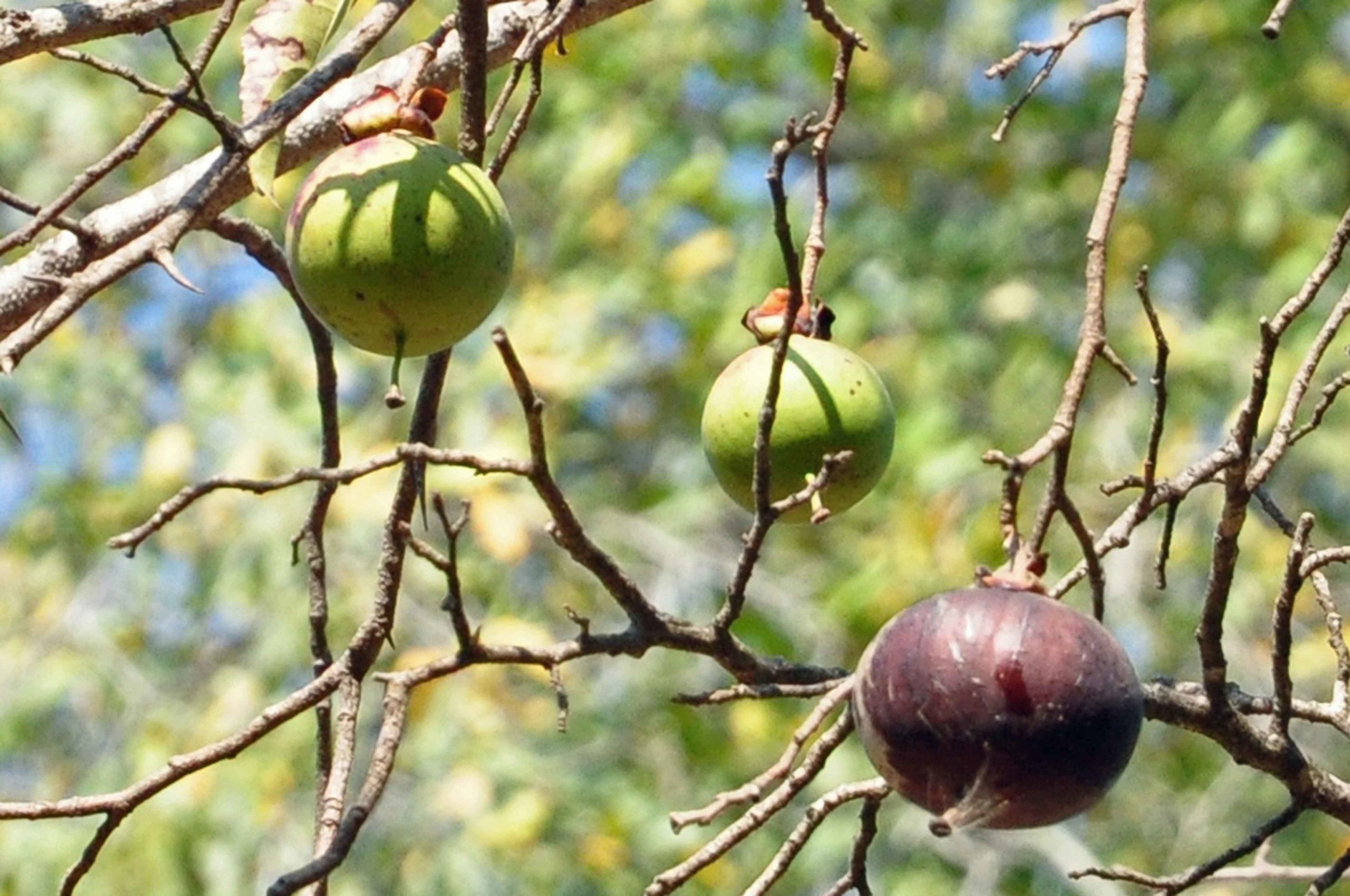
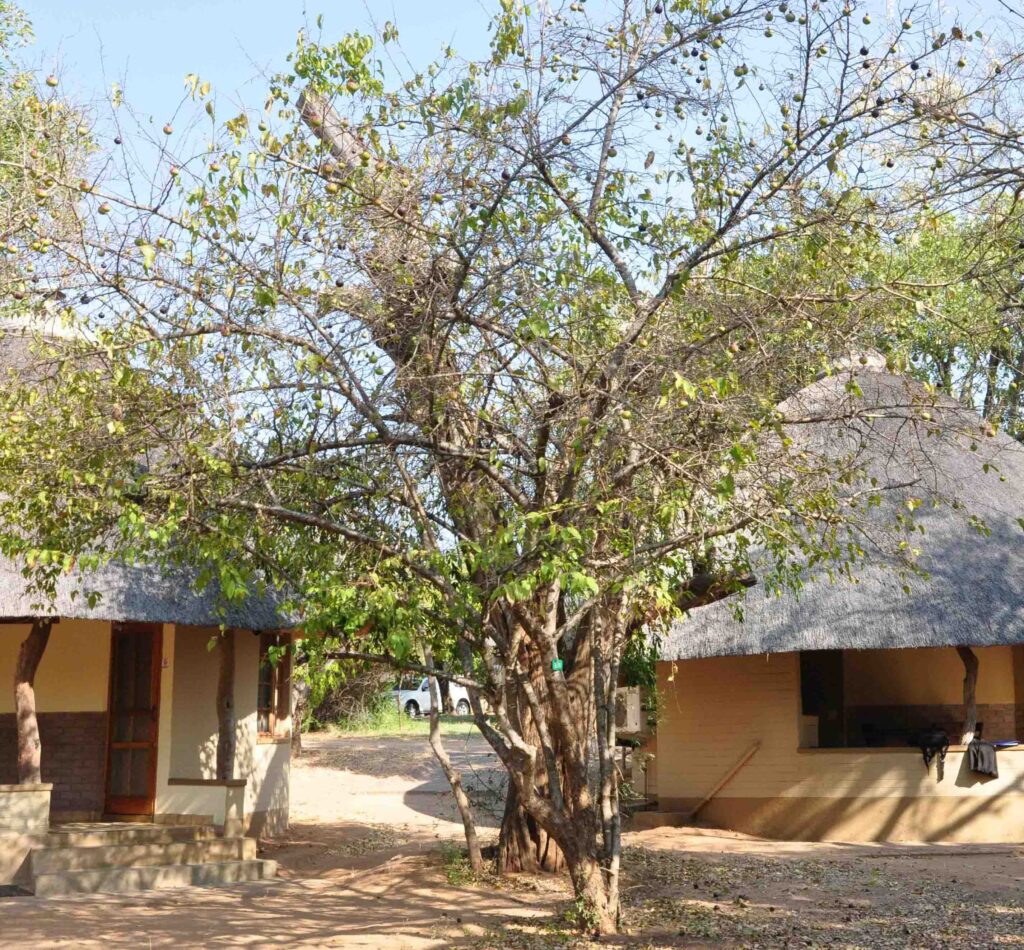
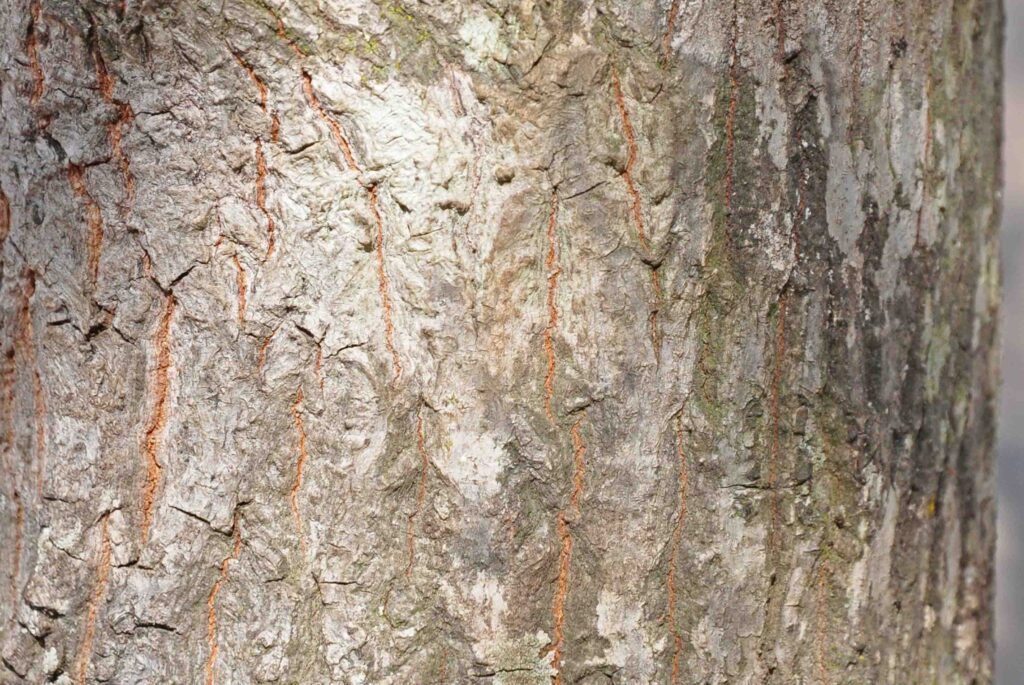
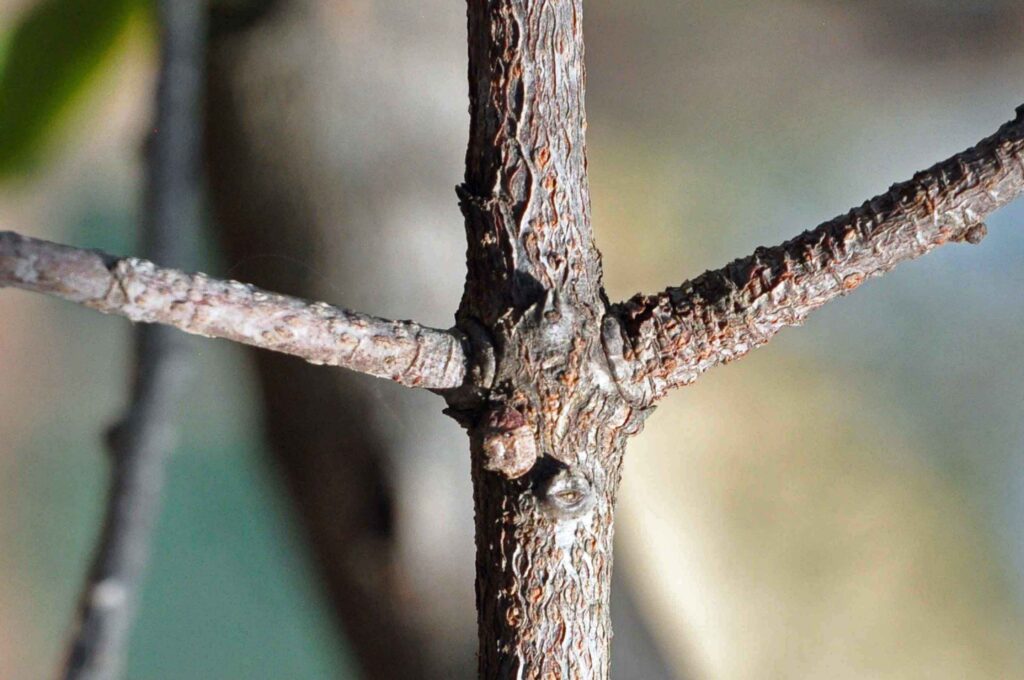
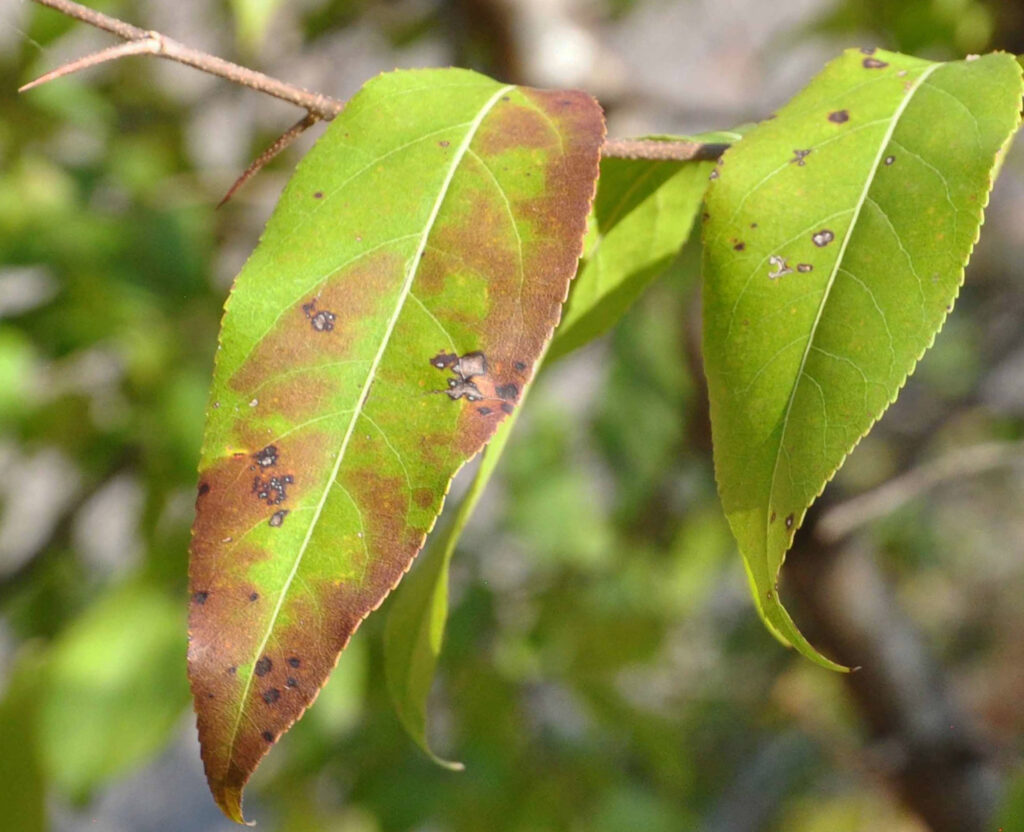
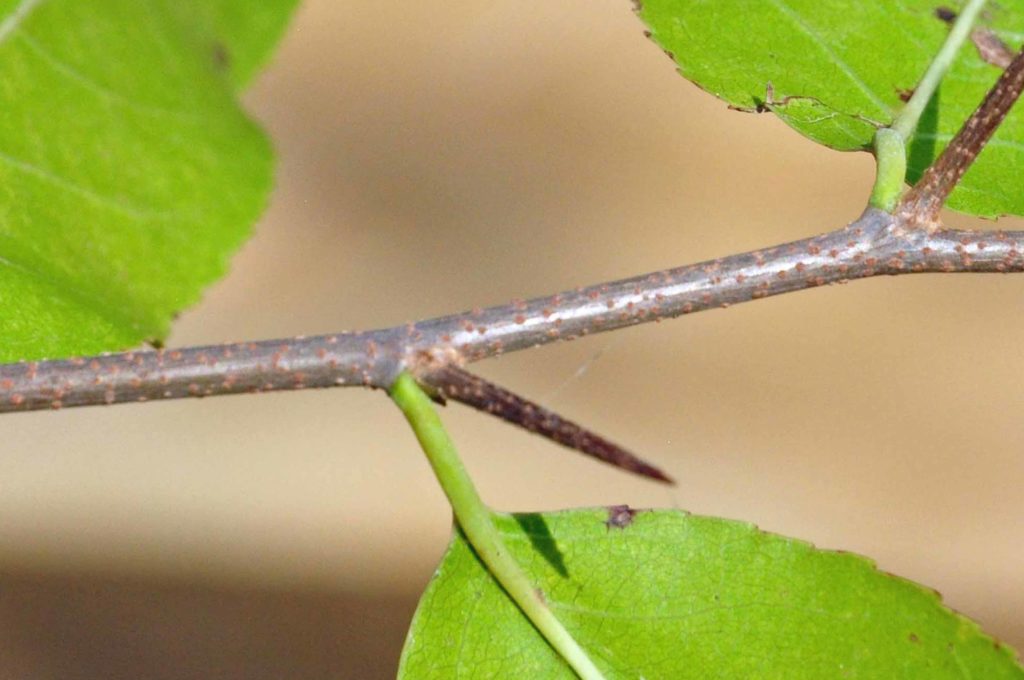
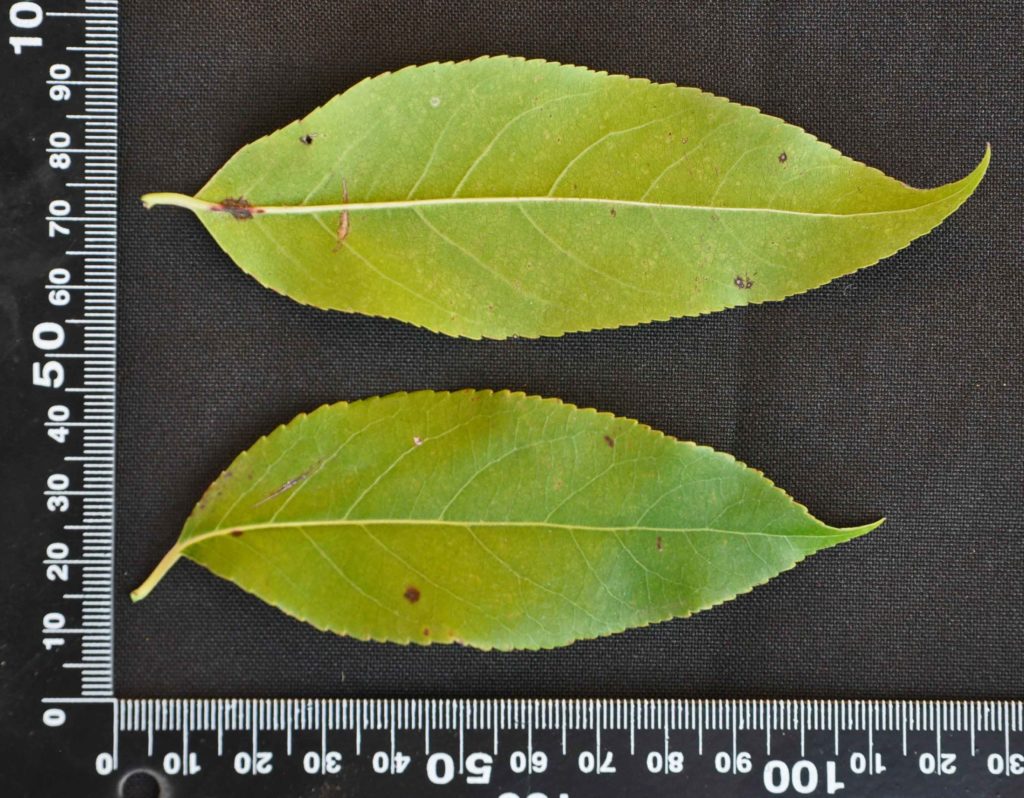
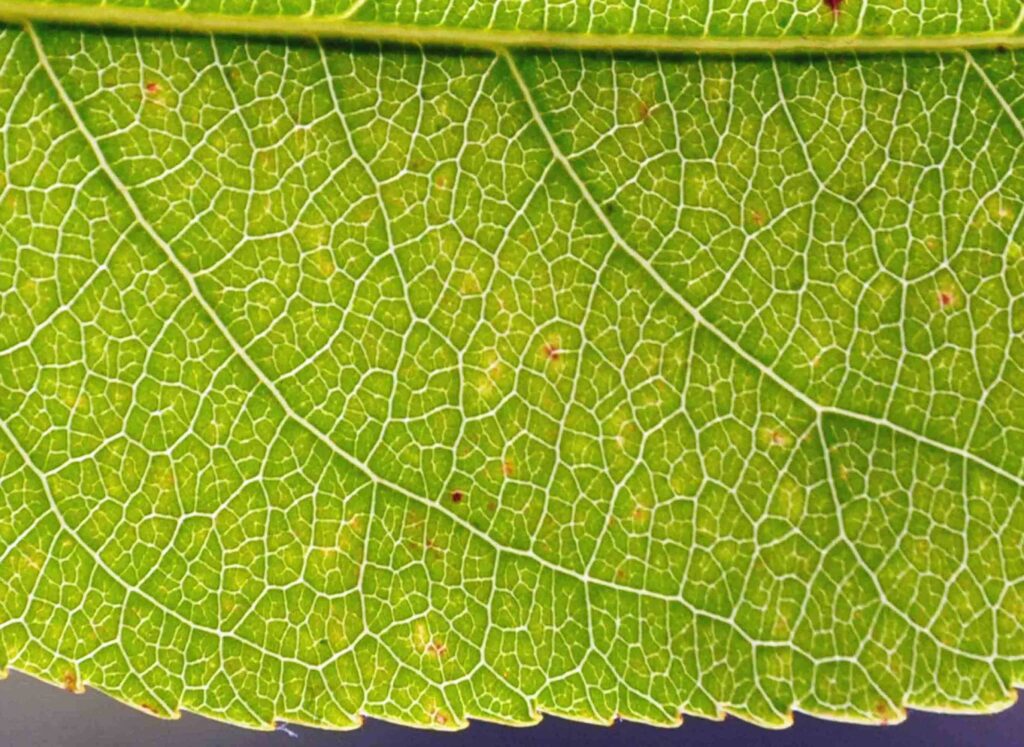
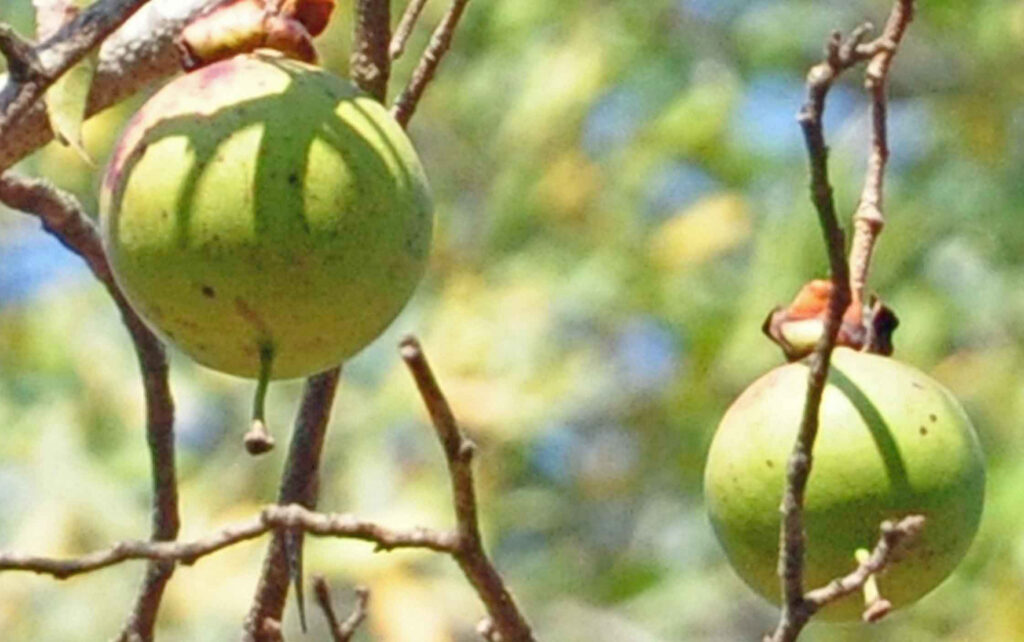
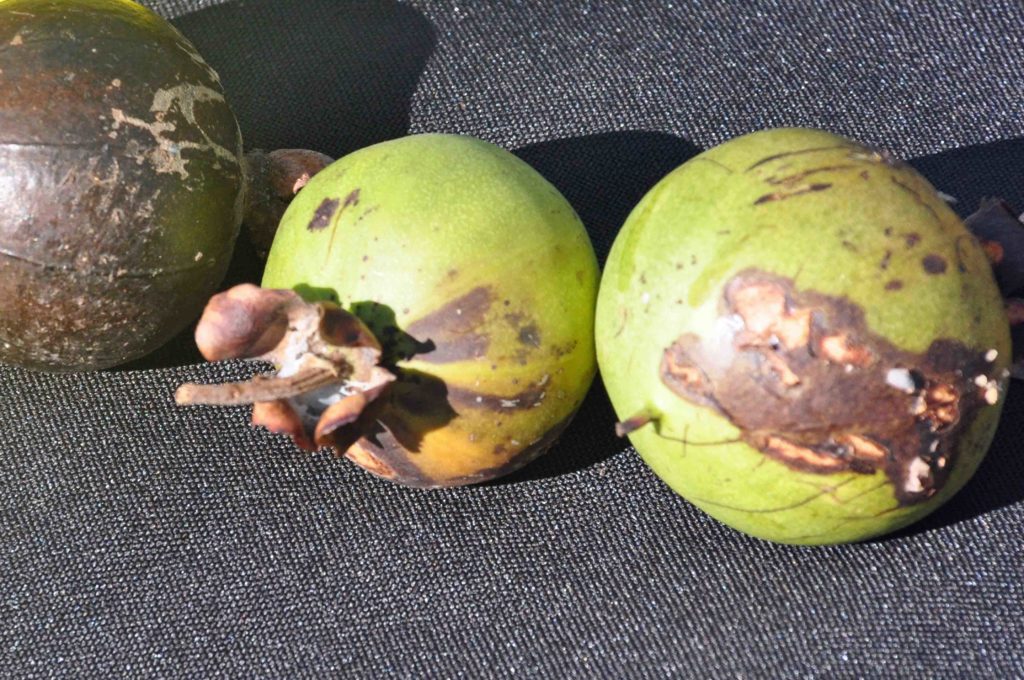
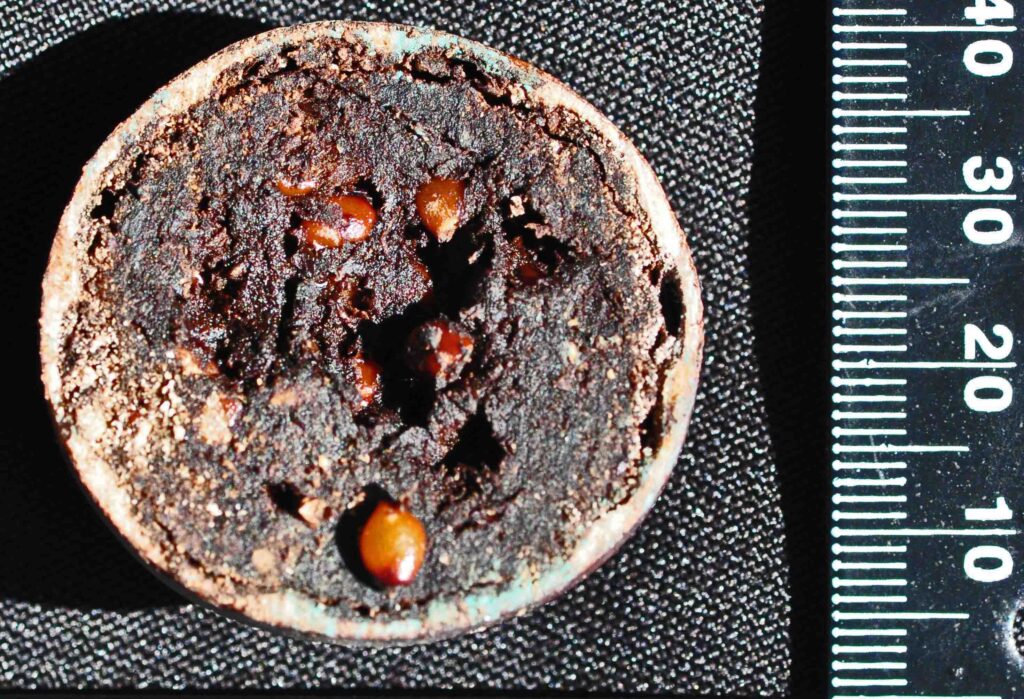
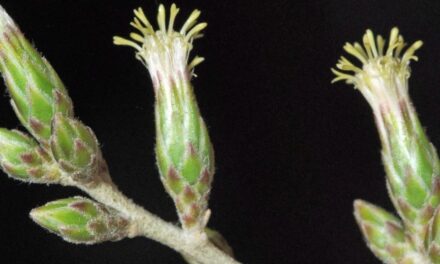
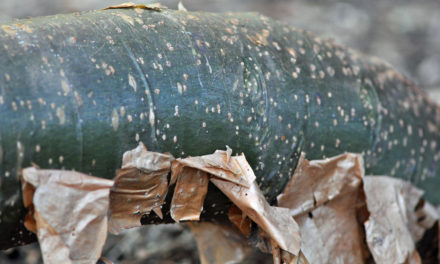
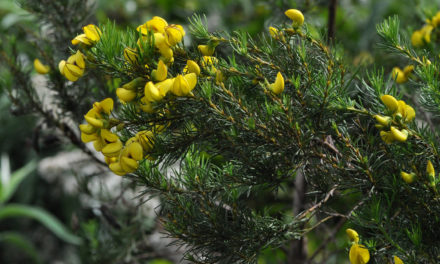
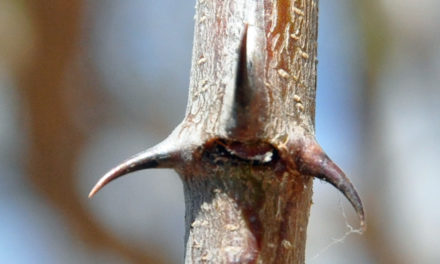
Very nice! This tree has been planted in Lalbagh botanical gardens in Bangalore and I found it fruiting profusely during the end of May and June – during the time of corona lockdown! Good to know the fruits are edible… not so tasty? Hehe.. okay I was too afraid to check.. but good to read! Thanks and best regards, shiv!
Hi Shiv. The Lalbagh botanical gardens looks most impressive – website. I need to get back to the Kruger National Park in time to get pictures of the Oncoba spinosa flowers! This is part of my retirement project – for the last 7 years. Take care and stay safe! David.
Also what I found is a type of harmless black ants 🐜 have made their home on the top part of the fruit where the sepals curve around…
The fruits have a very strong pleasant smell kinda like tropical fruit candy.
Thank you. I will try it the next time I cee the tree!